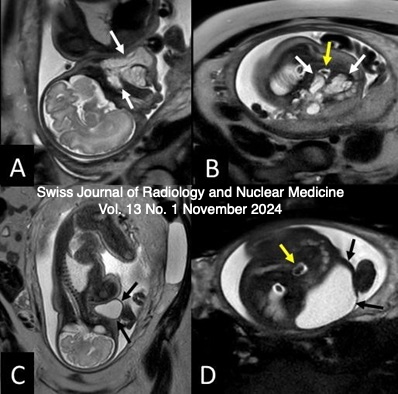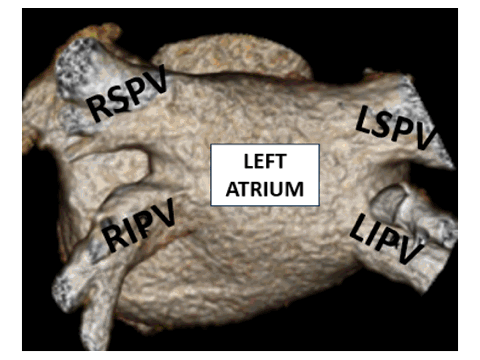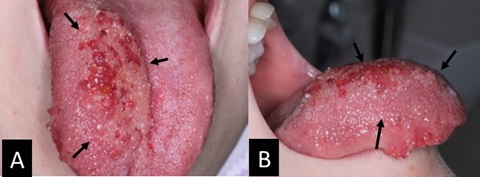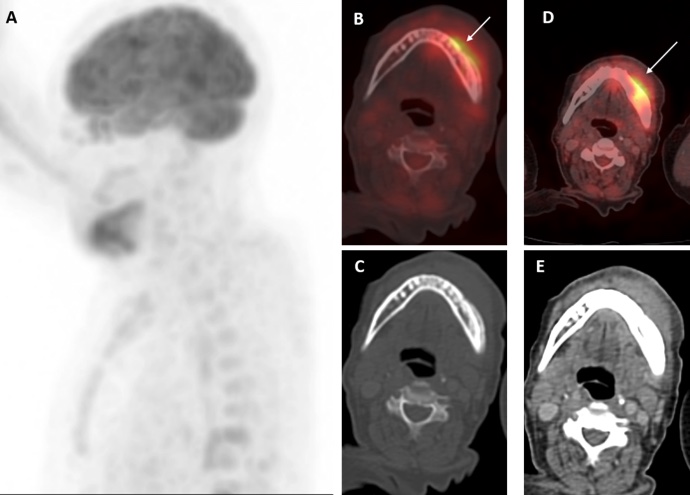Vol. 13 No. 1 (2024): Lymphatic Malformations & Navigating Anomalous Pulmonary Venous Connections & Denosumab-Induced ONJ

Lymphatic Malformations
Vascular anomalies correspond to a group of lesions related to disorders of vascular develop- ment, which to date remain a diagnostic and therapeutic challenge for treating physicians. Lymphatic malformations (LM) are congenital malformations that manifest as benign hamartomatous tumors of the lymphatic vessels with a marked predilection for the head, neck and oral cavity. In general terms, LM are classified as macrocystic, microcystic or a combination of both depending on the size of the lesion, which can lead to anatomical alterations and even functional deficits. The aim of this article is to provide a brief and accurate review of head and neck lymphatic malformations considering their clinical aspects, imaging tools and treatment options.
-------------------------
Navigating complexity: A pictorial representation of anomalous pulmonary venous connection classification in the pediatric population with volume rendering and multiplanar imaging technique
Anomalous pulmonary venous connections represent a heterogeneous group of congenital heart diseases in which a part or all of the pulmonary veins drains into the right atrium instead of draining into the left atrium. Pulmonary venous anomalies can manifest as partial or total anomalous drainage due to the abnormal embryological development. Multidetector CT angiography, with its multiplanar reformatting and volume rendering techniques, precisely offers the information about the three-dimensional anatomy and spatial relationships of the cardiovascular structures. Clinical features of anomalous pulmonary venous connections may be silent or have variable features like neonatal cyanosis, volume overload, and pulmonary arterial hypertension due to the left-to-right shunt, which are often associated with other congenital cardiac disease, so that accurate diagnosis is essential for treatment planning.
-------------------------
Denosumab-Induced Osteonecrosis of the Jaw with FDG PET/CT Imaging Features
Denosumab is a monoclonal antibody that inhibits receptor activator of nuclear factor-kappa B ligand (RANKL), which plays a crucial role in osteoclast formation, function, and survival. By blocking RANKL, denosumab helps prevent bone resorption, making it an effective therapeutic option for managing conditions associated with bone metastases and osteopenia, such as in patients with lung cancer. Lung cancer, particularly non-small cell lung cancer (NSCLC), often metastasizes to bones, and denosumab is commonly used to reduce the incidence of skeletal-related events (SREs) in these patients. However, denosumab therapy is not without its risks, and one of the most significant side effects is osteonecrosis of the jaw (ONJ), a potentially debilitating condition characterized by bone exposure and necrosis, typically following dental extractions or trauma











